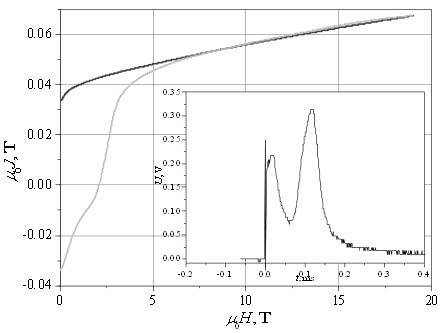© 2010-

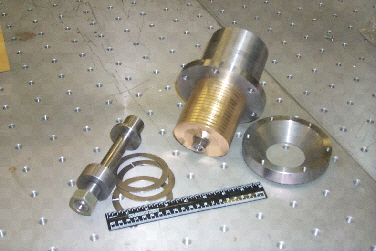
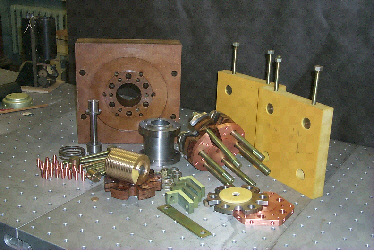
Measurement methods of substance properties in high pulsed magnetic fields
Inductive magnetization measurements
Inductive (compensation) method for the magnetization measurement allows investigating
oscillation effects and metamagnetic phase transitions at high magnetic fields. It
was widely used for research in ultra-
Astrophysical magnetic fields and their simulation
A possibility of appearance of a dynamo effect at compression of a hollow, conducting,
spherical, and rapidly rotating shell by high pulsed magnetic field. A process of
azimuth magnetic field generation is qualitatively described and estimated by a differential
rotation, appearing at a shell implosion in the pulse magnetic field; and the magnetic
fields generation process using αω-
Generation of the azimuth magnetic field with the differential rotation (left image) and poloidal magnetic field with a gyrotropic turbulence(right image)

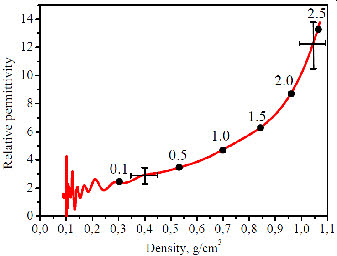
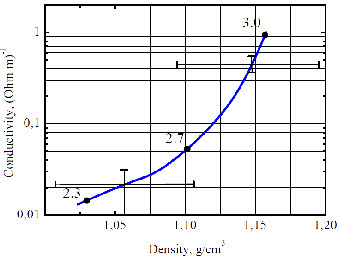
Dielectric permittivity and conductivity of isentropically compressed hydrogen up
to multi-
are shown below (figures show pressure in Mbar)
High-
The method is used for conductivity and dielectric permittivity measurements of samples. It has high noise immunity. It was used for investigations of phase transitions in pulsed magnetic fields and at isentropic compression of substances.
ВЧ сигнал проводимости FeSi в сверхсильном магнитном поле – переход полупроводник металл (FeSi).
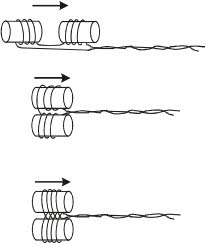
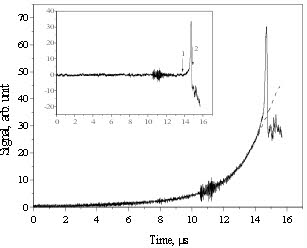

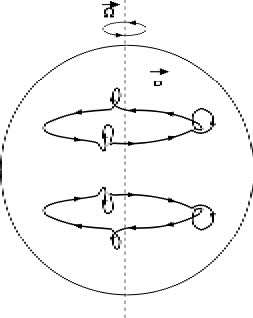
Helical solenoids
Works with the solid-
Left image shows a solenoid helix in technological mount, right image does elements of the solenoid.
Physics and technique of high magnetic fields
Technology of high magnetic fields generation
High magnetic fields facility
The facility consists of:
- capacitor battery (energy is 300 kJ, charging voltage is 10 kV),
- charging device HVPSystems (10 kV,10 kW)
- semiconductor switch based on reverse-
switching dynistor (maximum working current is 30 kA at length up to 10 ms, maximum emergency current is 70 kA at length of 2 ms) - wire solenoid
- control and measurement complex National Instruments
- oscilloscopes and measurement equipment.
The Laboratory has own cryogenic equipment:
· Helium machine CryoMech LP-
· Different types of cryostats including optical helium cryostats.
By the end of 2010 we are planning to launch the first stage of the facility with the peak magnetic filed up to 55 T at a working volume diameter of 20 mm.
Mechanic stresses, which appear under effect of the ponderomotive forces, cause the most complicated problems at construction of nondestructive solenoids of high magnetic fields. The Laboratory develops and fabricates prestressed solenoids.
Technologies of wire solenoids
The Laboratory has own workshop. Equipment of SarFTI and RFNC-
Winding of the wire solenoids is made with a microcomposite wire Cu-
Mechanic stresses, which appear under effect of the ponderomotive forces, cause the most complicated problems at construction of indestructible high magnetic fields solenoids.
There are several methods to preserve the construction from mechanical failure: (a)
principle of dynamic confinement: the magnetic field is created during a very short
period of time and the winding material does not undergo the deformation; (b) the
solenoid is segmented and the mechanic stresses do not exceed the stress limit of
the material and do not pass from one section to another; (c) reinforcement with
stainless steel or dielectric materials; (d) the solenoid with a quasi-
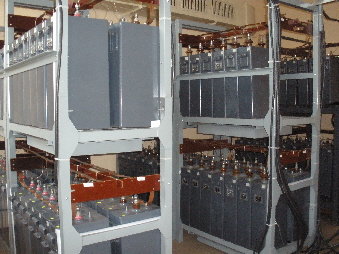

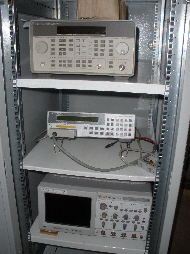
Wire solenoids of strong magnetic field SSMF-
- 30 T peak magnetic field (SSMF-
55- 19- 1) - Close to 40 T peak magnetic field (SSMF-
55- 19- 3 and SSMF- 55- 19- 4) - the bore diameter is 19 mm
- the operation temperature is 77 K
Increase of the peak magnetic field up to 55 T is planned.
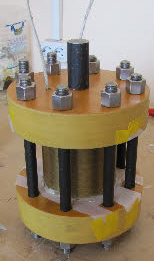
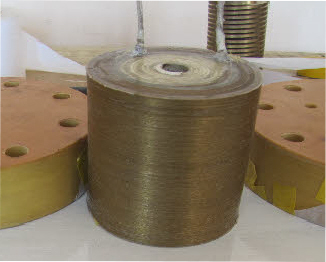
Time dependencies of field pulses for experimental solenoids. Corresponding current pulses are shown on inset.
Magnetization of Nd2Fe14B powder embedded into epoxide compound. Initial magnetization of specimen is oriented along applied field (black curve) and against it (grey curve). Inset – signal from the compensating coils corresponding to opposite directions of initial specimen magnetization and external field.
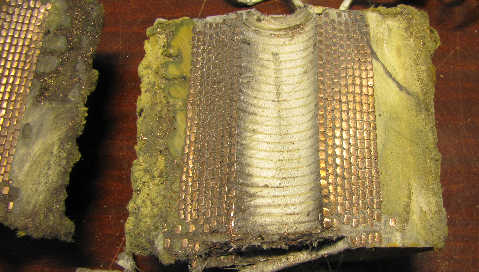
SSMF-
SSMF-

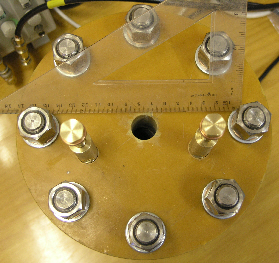
SSMF-

